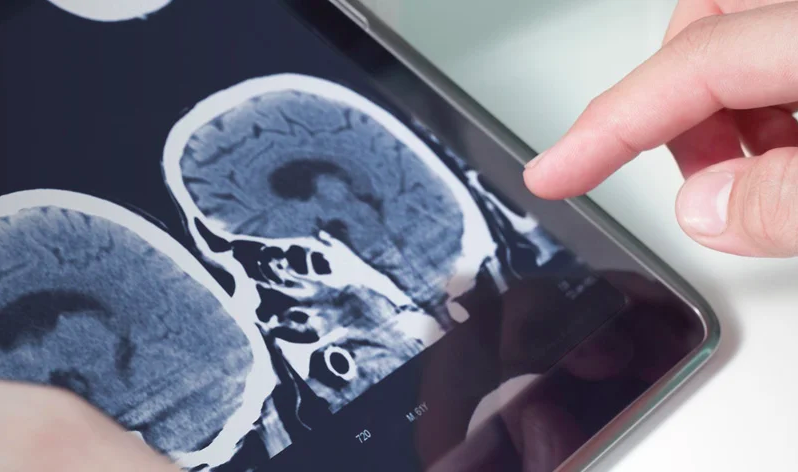Radiology – Integrated Training Initiative (R-ITI) | Paediatrics | Pathological Causes of Bilateral Hyperlucent Hemithoraces



Pathological Causes of Bilateral Hyperlucent Hemithoraces
Session Overview
Description
This session describes common causes of bilateral hyperlucent hemithoraces in children and through a series of examples explains how to investigate further to determine the most likely diagnosis.
Learning Objectives
By the end of this session you will be able to:
- Describe common causes of bilateral hyperlucency of the paediatric chest x-ray (CXR)
- Discuss an approach to radiological investigation
- List common types of vascular rings and explain their radiological appearances
Prerequisites
Before commencing this session you should:
- Have a basic understanding of paediatric chest pathology
- Recognise normal appearances of the paediatric CXR
- Have completed the session in Module 5 Paediatrics/Assessment of Bilateral Hyperlucent Hemithoraces (300-0447)
In the session in Module 5 Paediatrics/Assessment of Bilateral Hyperlucent Hemithoraces you considered how to assess a CXR for hyperlucency and briefly considered the influence of technique on radiographic appearance.
In this current session you will now consider the main pathological causes of hyperlucency in more detail:
- Hyperinflation of the lungs, which may be:
- Non-obstructive
- Obstructive
There are additionally many causes of generalised hyperinflation of the lungs in children, such as:
- Decreased pulmonary blood flow
- Free intrathoracic air
The session will give you information about all these points.
Non-obstructive hyperinflation
This is also referred to as physiological hyperinflation.
It can be caused by:
- Compensatory 'air hunger' e.g. in cases of acidosis and cyanotic congenital heart disease
- Mechanical ventilation
- 03_06_10 ECG III
- Posted By eIntegrity Healthcare e-Learning
- Posted Date: 2024-11-02
- Location:Online
- This third and final session about the ECG discusses cardiac conduction and arrhythmias.
- 03_06_09 ECG II
- Posted By eIntegrity Healthcare e-Learning
- Posted Date: 2024-11-02
- Location:Online
- This session follows on from ECG I and presents the ECG as an electrical map of the heart. It details the abnormalities expected with myocardial infarction and left ventricular hypertrophy.
- 03_06_08 ECG 1
- Posted By eIntegrity Healthcare e-Learning
- Posted Date: 2024-11-02
- Location:Online
- This session explains how to record an ECG, the structure of the ECG and how to interpret the results. It further explains the use of the ECG in clinical practice.
- 03_06_07 Pulmonary function test interpretation
- Posted By eIntegrity Healthcare e-Learning
- Posted Date: 2024-11-02
- Location:Online
- This session will describe some of the basic respiratory investigations, and explain the relevance of the results obtained.
- 03_06_06 An alternative approach to acid-base abno...
- Posted By eIntegrity Healthcare e-Learning
- Posted Date: 2024-11-02
- Location:Online
- This session contains a link to the BJA Education article followed by a series of self assessment multiple choice questions.<br><br>The article will open in a new window or tab depending on your browser.<br><br> CPD credits are awarded by the RCoA for the

